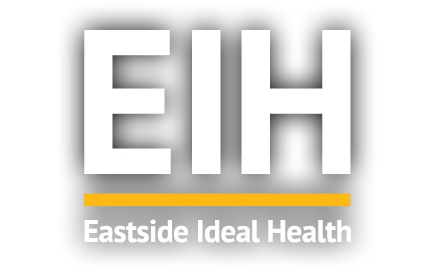In today’s digital age, we are constantly looking down and typing away on our devices. This constant posture of looking down can lead to a condition called tech neck, which is a type of repetitive stress injury. Tech neck can cause pain and discomfort in the neck, shoulders, and upper back. It is important to understand the impact of devices on neck pain and how to prevent it.
What is Tech Neck?
Tech neck is a repetitive stress injury caused by the posture of looking down at a device. This posture puts strain on the muscles and tendons in the neck, shoulders, and upper back. It can cause pain, tightness, and muscle spasms. Over time, tech neck can lead to more serious problems such as disc herniation and nerve impingements.
Tech neck is especially common among those who work in offices and those who spend a lot of time on their phones, tablets, and laptops. It is important to recognize the signs and symptoms of tech neck in order to prevent further injury and pain.
Signs and Symptoms of Tech Neck
The signs and symptoms of tech neck can vary depending on the severity of the injury. Common signs and symptoms include:
- Neck pain
- Tightness in the neck, shoulders, and upper back
- Shoulder blade pain
- Headaches
- Decreased range of motion
- Muscle spasms
If you are experiencing any of these symptoms, it is important to seek medical attention as soon as possible. Your doctor can help diagnose the cause of your symptoms and recommend a treatment plan.
Preventing Tech Neck
The best way to prevent tech neck is to maintain good posture while using devices. This means sitting up straight and keeping your head, neck, and shoulders in a neutral position. It is also important to take frequent breaks to stretch and move around. This can help reduce strain on the neck and shoulders.
It is also important to pay attention to the way you are using your device. If you are constantly typing or scrolling, it is important to take regular breaks to give your neck and shoulders a break. If possible, use a separate keyboard and mouse to reduce strain on the neck and shoulders.
Treating Tech Neck
If you are experiencing tech neck pain, it is important to seek medical attention. Your doctor can diagnose the cause of your pain and recommend a treatment plan. Treatment options may include physical therapy, medications, injections, and surgery. In some cases, lifestyle modifications may be recommended.
It is also important to take steps to prevent tech neck. This includes maintaining good posture, taking frequent breaks, and using a separate keyboard and mouse. Additionally, it is important to pay attention to your body and recognize the signs and symptoms of tech neck. By recognizing the signs and symptoms early, you can take steps to prevent further injury and pain.
If you are experiencing tech neck pain, it is important to seek medical attention and take steps to prevent further injury and pain. For more information on neck pain treatment, check out this website.

